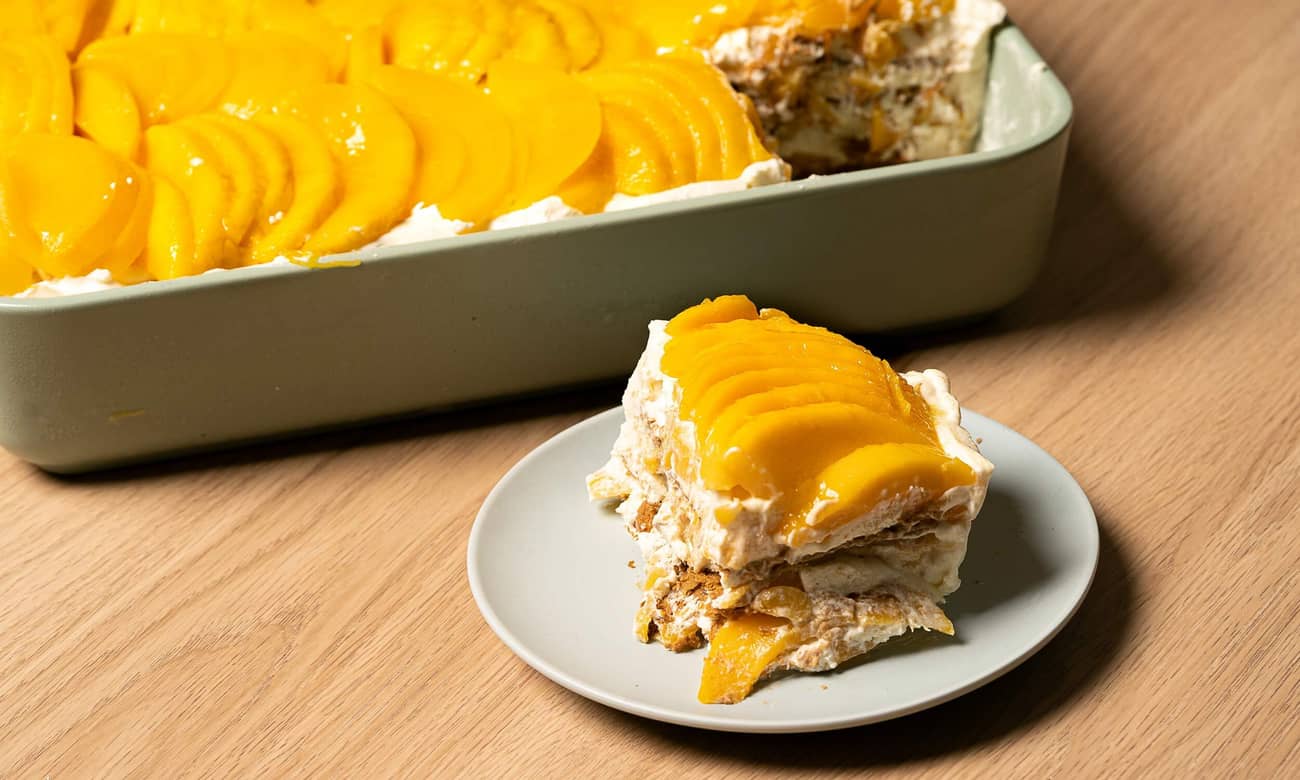
Pamapa Itum (Burnt Coconut Paste)
Made from burnt coconut meat, pamapa itum is a smoky paste used in chicken pyanggang and tiyula itum.
Pamapa itum, meaning "black spices", gets its color from burnt coconut. Not toasty caramel brown like latik—you want charred, black-brown coconut meat roasted in its shell, directly over an open flame. This burnt coconut meat, called siyunog lahing, is then smashed into a paste with spices like turmeric, galangal, and chilies.
You'll see pamapa itum in Filipino dishes from the Muslim South, such as chicken pyanggang and tiyula itum. The burnt coconut imparts a deep, complex smokiness that's both sweet and earthy.
Making burnt coconut at home: Use your gas stove
Traditional pamapa itum calls for hulled and split mature coconut, which you roast over charcoal or fire until deeply burnt. If you have a gas stove, you can easily do this in your kitchen. Keep a close eye and make sure you don't burn your coconut all the way.
I don't have access to fresh coconuts. Can I still make pamapa itum?
You can! The heart of pamapa itum is the burnt coconut meat, or siyunog lahing. Doesn't matter if you get it straight from the shell or dessicated from the bag—if it's burnt, you're good.
Here's two alternative ways to get your burnt coconut:
Toast dried coconut on a pan until black-brown in color
The easiest option. Add dessicated coconut or coconut flakes (make sure they're unsweetened!) to a pan over high heat. Toast your coconut, stirring frequently to evenly cook, until dark in color. Aim for black-brown, not pitch black and carbonized.











